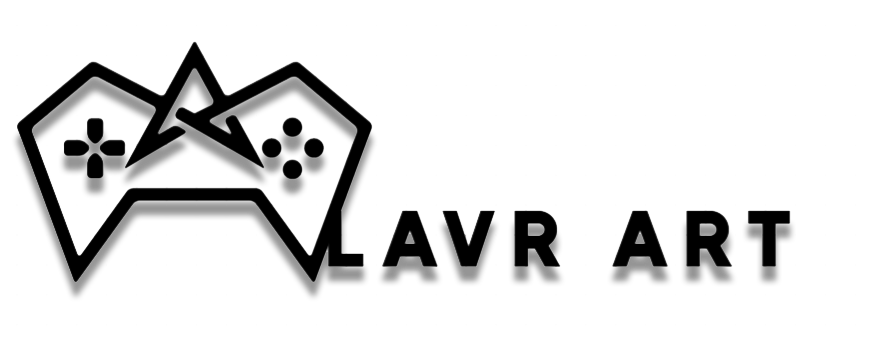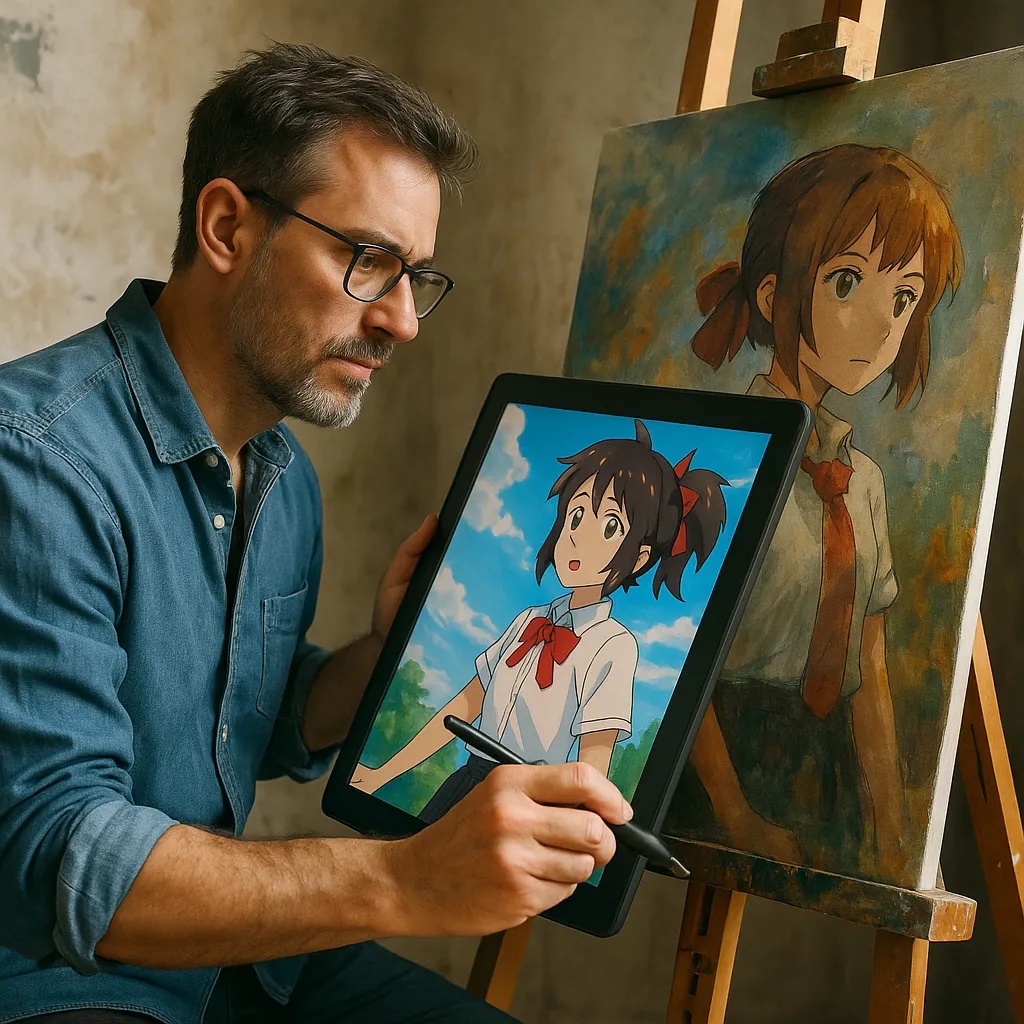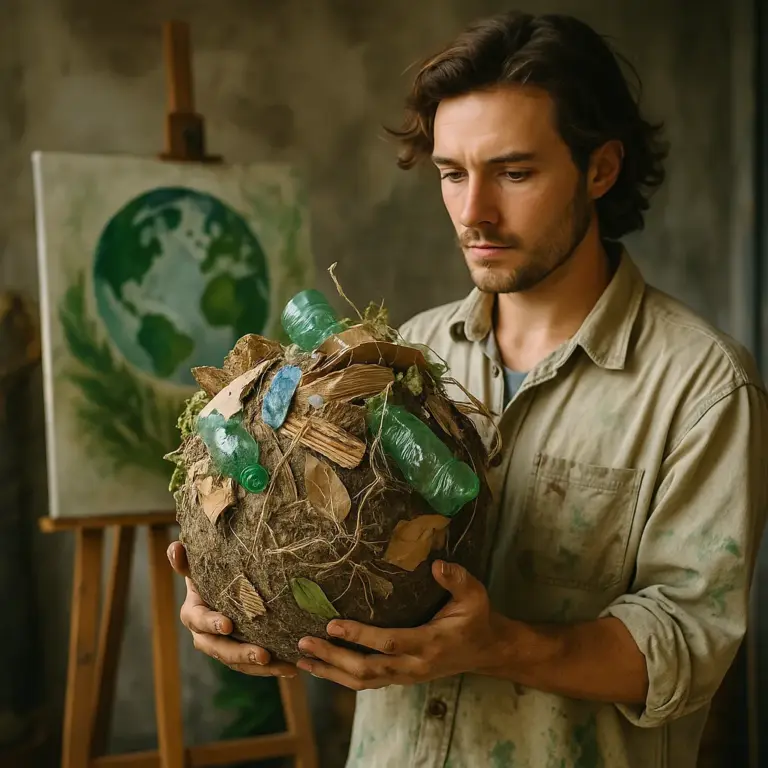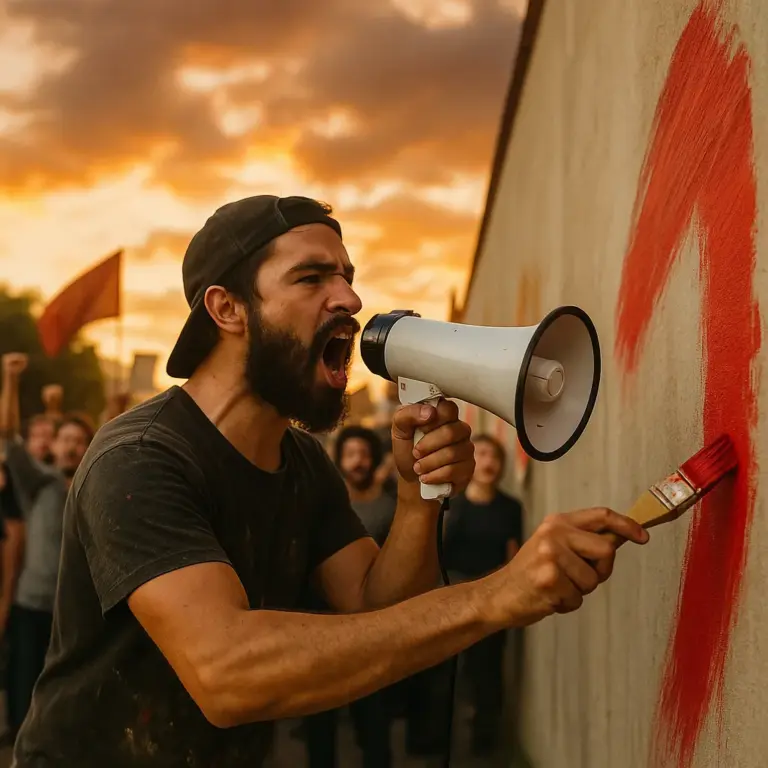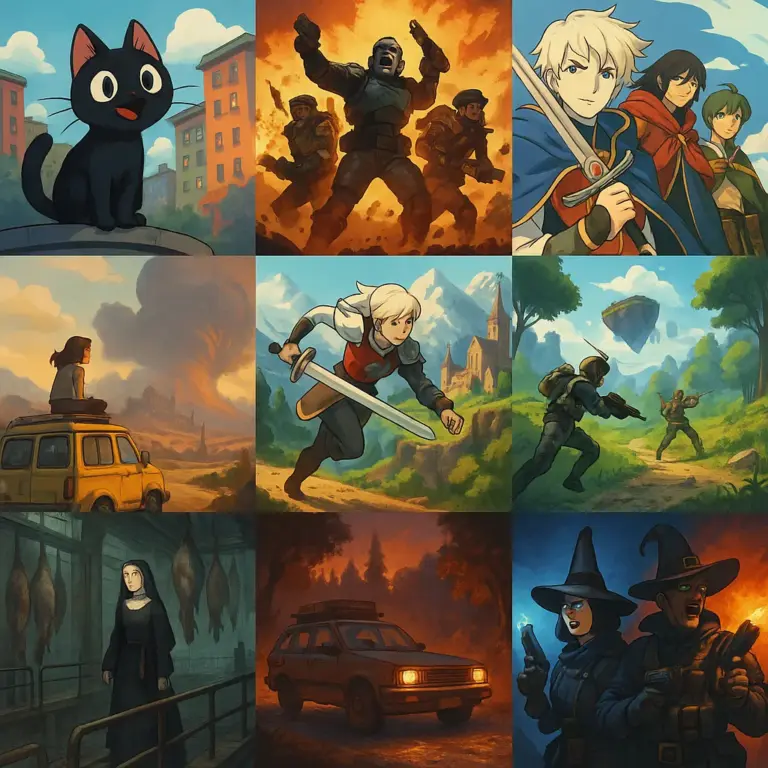Have you ever seen a painting that moves? A body on stage controlling real-time projections? Or a hand-drawn image coming to life as an anime 2d in augmented reality? Welcome to the universe of mixed media — the art of combining techniques, materials, and technologies to create new forms of expression. In the 21st century, this approach is no longer an exception; it has become an essential language for artists exploring the boundaries between the physical and the digital.
Mixed Media: From Collage to Code
Originally, the term “mixed media” described works that combined traditional techniques like oil painting, charcoal, and collage. Today, it goes far beyond that: it includes video, sensors, animation, projection, programming, responsive sculpture, augmented reality, and much more. An artist might combine watercolor with interactive projections, or embed physical objects in videos that react to touch — all in a single installation.
This type of art creates layers of meaning, allowing the viewer to interact on multiple levels. And this multiplicity is not only aesthetic but conceptual: it challenges the relationship between body and technology, memory and simulation, craftsmanship and automation.
The Art of the In-Between: Why This Language Matters
We live in a time of constant transition. Smartphones, artificial intelligence, and social networks are central to everyday life, yet we still long for touch, paper, and material. Mixed media art captures this in-between space: it expresses the tension between what’s tangible and what’s digital.
That’s why so many artists choose to create characters drawn by hand that later become digital anime 2d, or sculptures that “wake up” through motion sensors. There is something magical — and critical — in seeing an analog object respond with a synthetic voice or a 3d anime interact with the real environment.
Examples That Reveal the Power of Blending
Mixed media projects aren’t just visual experiments; they create immersive, physical, and sensory experiences. Here are some featured formats:
- Dance with interactive projection: the dancer’s movements control live graphics on stage.
- Sound sculptures: objects that emit sound as viewers approach or when light intensity changes.
- Installations with AR: physical artworks enhanced by digital elements viewed through mobile devices, such as an anime 3d character guiding visitors through a gallery.
- Theater with motion capture: an actor’s body is captured and turned into a digital avatar during the performance.
These practices are increasingly common in artist residencies and interdisciplinary projects involving designers, programmers, performers, and illustrators.
The Value of Collaboration and Technical Curiosity
Mixed media art is not a solitary endeavor. On the contrary, it demands constant collaboration. A visual artist who wants to turn a painting into an interactive anime 2d must work with developers, animators, and sound engineers. That’s why labs and residencies are valuable spaces: they allow knowledge sharing, idea testing, and fearless creation.
In this context, technical curiosity is just as important as visual talent. Learning how to convert a drawing into an anime 3d or exploring augmented reality software becomes part of the contemporary artistic toolkit.
Mixed Media as a Practice of Real Engagement
Beyond the screen, this artistic language physically involves the audience. The work isn’t just something to look at — it surrounds you, responds, provokes. The viewer is no longer passive but becomes part of the event. This is especially powerful in cultural initiatives aiming to involve local communities in the creative process.
Imagine a project where residents create characters with their own visual styles, which then become anime 2d with their recorded voices. Or a sculpture made from local materials that comes alive digitally as an anime 3d in augmented reality. In both cases, the digital does not replace the real — it amplifies its impact.
Table: Common Languages and Formats in Mixed Media Art
| Combination of Techniques | Type of Interaction | Practical Examples |
|---|---|---|
| Painting + Projection | Visual and Interactive | Paint that moves when illuminated |
| Dance + Sensors | Physical and Visual | Graphics that follow movement on stage |
| Anime 2d + AR | Narrative and Visual | Guide characters in cultural exhibitions |
| Sculpture + Sound | Sensory (touch/light) | Sounds that respond to visitor presence |
| Anime 3d + Performance | Immersive, hybrid (screen/body) | Live actor interacting with a digital avatar |
A New Way to See, Make, and Feel Art
The strength of mixed media lies in its flexibility. It allows art to be not only seen but experienced, felt, and transformed. An anime 2d can begin as a sketch in a notebook and become a public installation using projection mapping. An anime 3d can originate in a community workshop and be projected at an international festival.
What matters is not the medium, but the intention. What does the artist want to communicate? How does their language reflect today’s world — fragmented, connected, fast-moving? Hybrid art answers with multiple voices, formats, and possibilities.
The Future Is Now — and It’s Mixed
In a time of artificial intelligence and extended reality, ignoring the possibilities of mixed media is to limit one’s creative reach. Even if your starting point is traditional — pencil, paper, paint — it’s worth asking: what if this character became an anime 2d? What if that sculpture made sound? What if that painted backdrop turned into digital layers?
More than a trend, mixed media is a reflection of our times. And for that reason, it is destined to keep growing — in galleries, in the streets, on screens, and through bodies.
